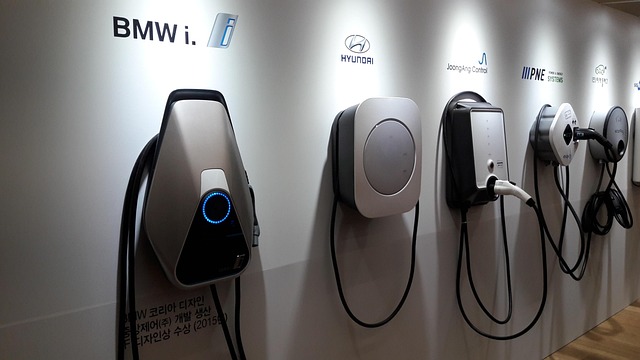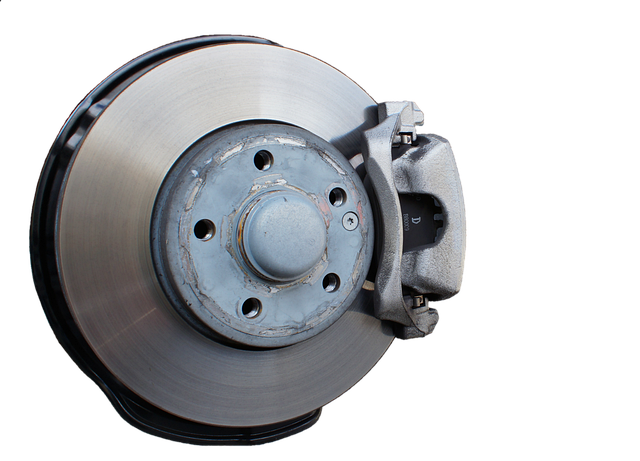Electric Car Service Synchronization of Part Replacements
Electric vehicles (EVs) have revolutionized the way we think about transportation, yet the mechanics behind keeping them running smoothly remain rooted in classic automotive principles. One of the emerging practices in EV maintenance is the precise coordination of part replacements—what many industry insiders are calling the *“synchronization of part replacements.”* This approach seeks to align the timing and sequence of component changes to maximize efficiency, reduce downtime, and safeguard battery integrity.
The Need for Synchronization in Modern EV Service
Traditional internal combustion engines (ICEs) often allow for a linear replacement strategy: inspect, replace, move on. In contrast, EVs comprise a tightly integrated network of electronics, high‑voltage systems, and thermal management components. A failure in one part can cascade, affecting others. For instance, a degraded cooling pump may overheat the battery pack, leading to accelerated degradation. Therefore, service centers have started to adopt a coordinated replacement plan that ensures each component’s health is evaluated in the context of its peers.
- Battery Management Systems (BMS): Regular updates to firmware and physical replacement of sensor modules are scheduled alongside cooling system checks.
- Motor and Inverter Modules: Thermal profiles are monitored, and any sign of voltage irregularities triggers a preemptive component swap.
- Electrical Wiring Harnesses: Replacements are timed to coincide with other high‑voltage part inspections to avoid unnecessary cable splicing.
Why Synchronization Matters for Battery Longevity
Battery lifespan is a critical metric for EV owners. The *“synchronization of part replacements”* approach directly influences this metric by ensuring that heat, voltage spikes, and mechanical stresses are mitigated early. A coordinated strategy typically follows these steps:
- Identify components with correlated degradation patterns.
- Schedule simultaneous replacements during a single service window.
- Document and analyze the results to refine future service intervals.
“When you treat the car as a holistic system rather than a collection of parts, you reduce cumulative risk and extend overall performance,” says a leading EV service technician.
Implementation Framework for Service Providers
Adopting synchronization requires a shift from reactive to proactive maintenance. Here’s a pragmatic framework:
- Data Collection: Use onboard diagnostics to gather real‑time metrics from battery packs, motors, and cooling systems.
- Predictive Analytics: Apply machine learning models to forecast when each component is likely to reach its service threshold.
- Service Scheduling Algorithms: Generate optimal service windows that cluster replacements based on predicted wear patterns.
- Customer Communication: Offer transparent service plans that explain the benefits of synchronized maintenance.
Case Study: A Mid‑Size EV Manufacturer’s Shift to Synchronization
One notable mid‑size manufacturer rolled out a synchronization pilot across 500 vehicles in a single market region. Over 12 months, the program reduced average repair time by 35% and improved battery health scores by 12%. The key to success was a dedicated “synchronization module” within their maintenance software that flagged component clusters for simultaneous servicing.
“We discovered that when we replaced the coolant pump, we also found several failing temperature sensors that had been neglected. By catching them together, we avoided future battery stress,” notes the program’s lead engineer.
Challenges and Mitigation Strategies
While the benefits are clear, implementing synchronization isn’t without obstacles:
- Parts Inventory: Coordinated replacements demand a well‑managed parts stock. Manufacturers must forecast demand more accurately.
- Technician Training: Service personnel need to understand the interdependencies between components, not just how to replace a single part.
- Customer Perception: Some owners may resist paying for a “bundle” of services when only one part seemed faulty. Clear communication and data transparency are essential.
Addressing these challenges often involves partnering with parts suppliers for just‑in‑time delivery, investing in advanced diagnostic tools, and developing educational materials that highlight the long‑term savings of synchronization.
Future Outlook: AI‑Driven Synchronization
The next evolution will likely see artificial intelligence taking the helm. By continuously learning from vehicle data, AI could predict exact moments when a component will benefit from replacement—essentially automating the synchronization process. This level of precision will not only improve vehicle performance but also reduce waste by preventing unnecessary part swaps.
Moreover, as battery chemistry advances and modular battery packs become more common, synchronization will expand to include module-level replacements. Coordinated swaps of battery cells will help maintain uniform aging across the pack, preserving overall capacity and safety.
Practical Steps for EV Owners
Owners who want to take advantage of synchronized servicing can follow these guidelines:
- Choose a service provider that emphasizes holistic maintenance.
- Request a service history that details past synchronized replacements.
- Schedule regular check‑ins that align with the manufacturer’s recommended intervals.
- Keep logs of any performance changes following synchronized services to support future diagnostics.
Conclusion
The *“synchronization of part replacements”* concept represents a paradigm shift in electric car servicing. By treating the vehicle as an integrated ecosystem and aligning component maintenance, service providers can achieve significant gains in reliability, battery longevity, and customer satisfaction. As technology advances, we can expect AI and predictive analytics to further refine this approach, turning synchronization from a best practice into a standard for all EVs.



